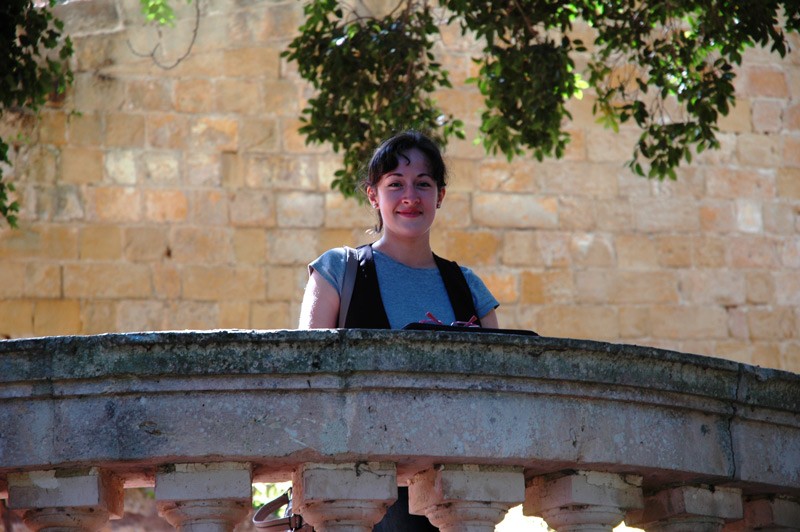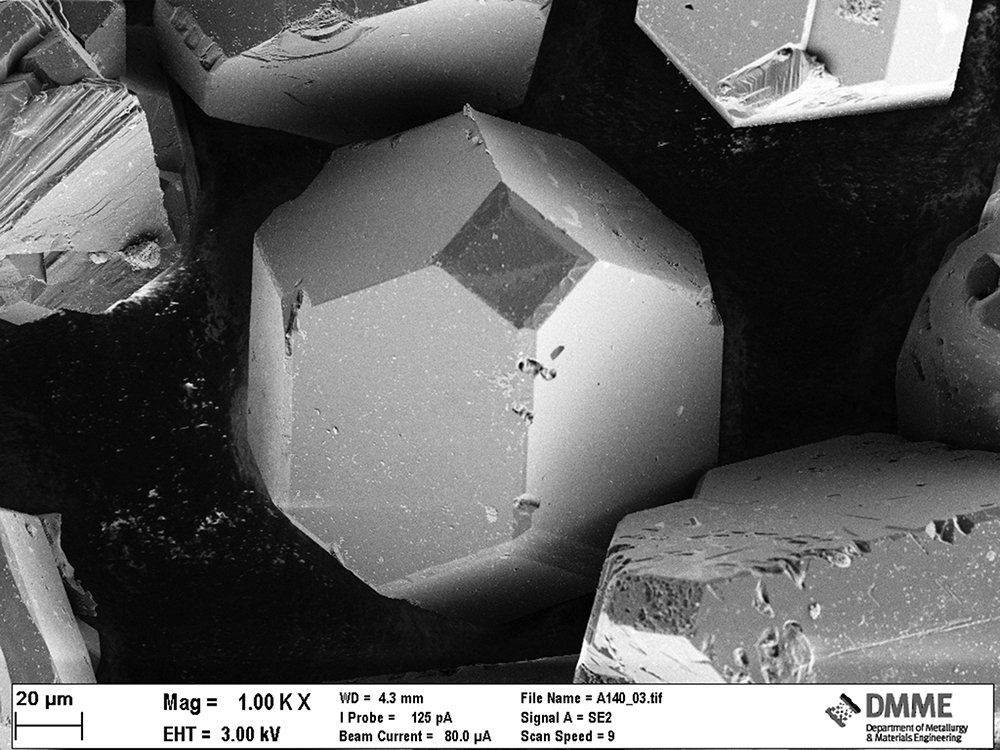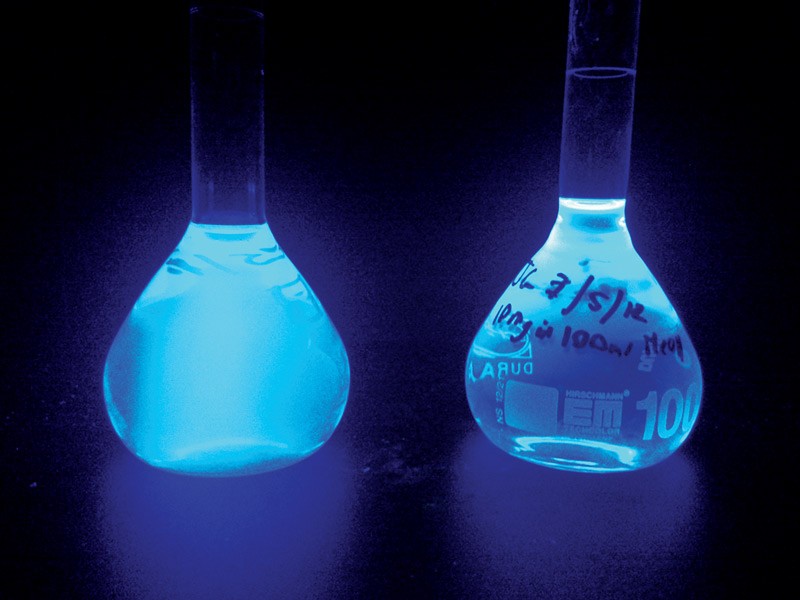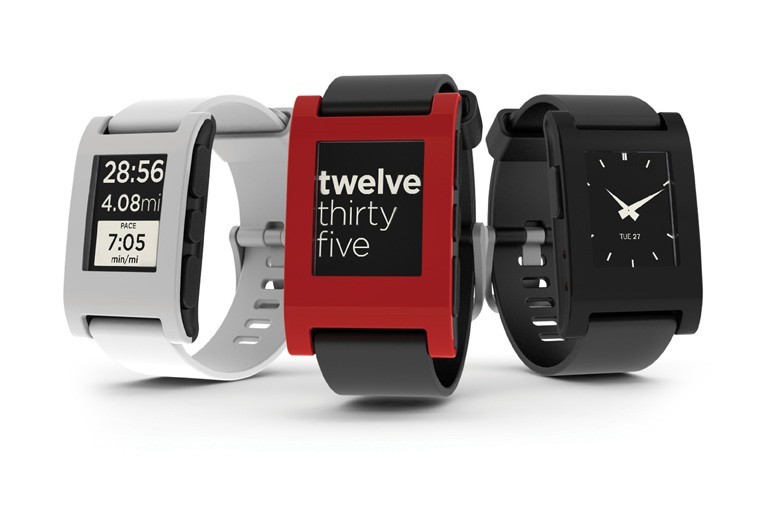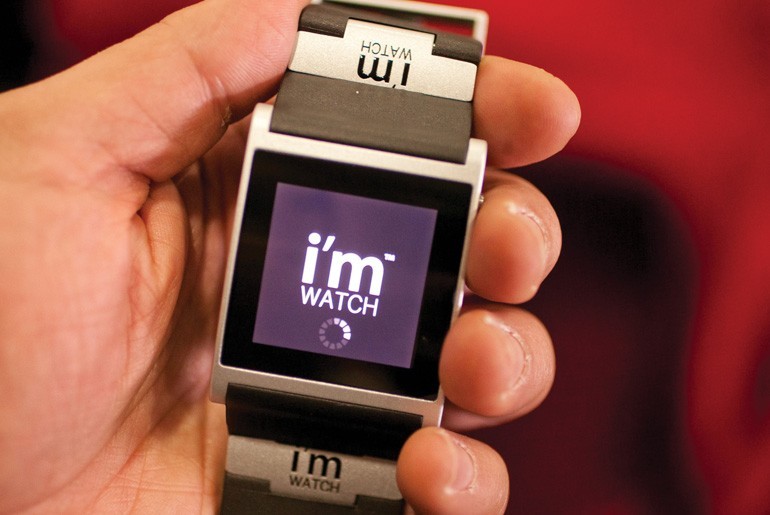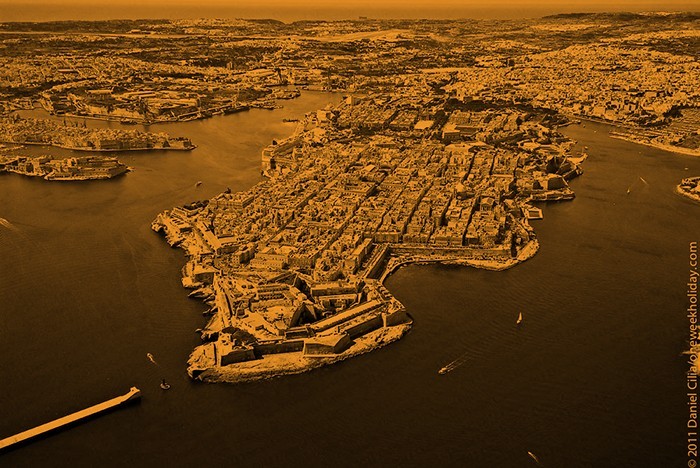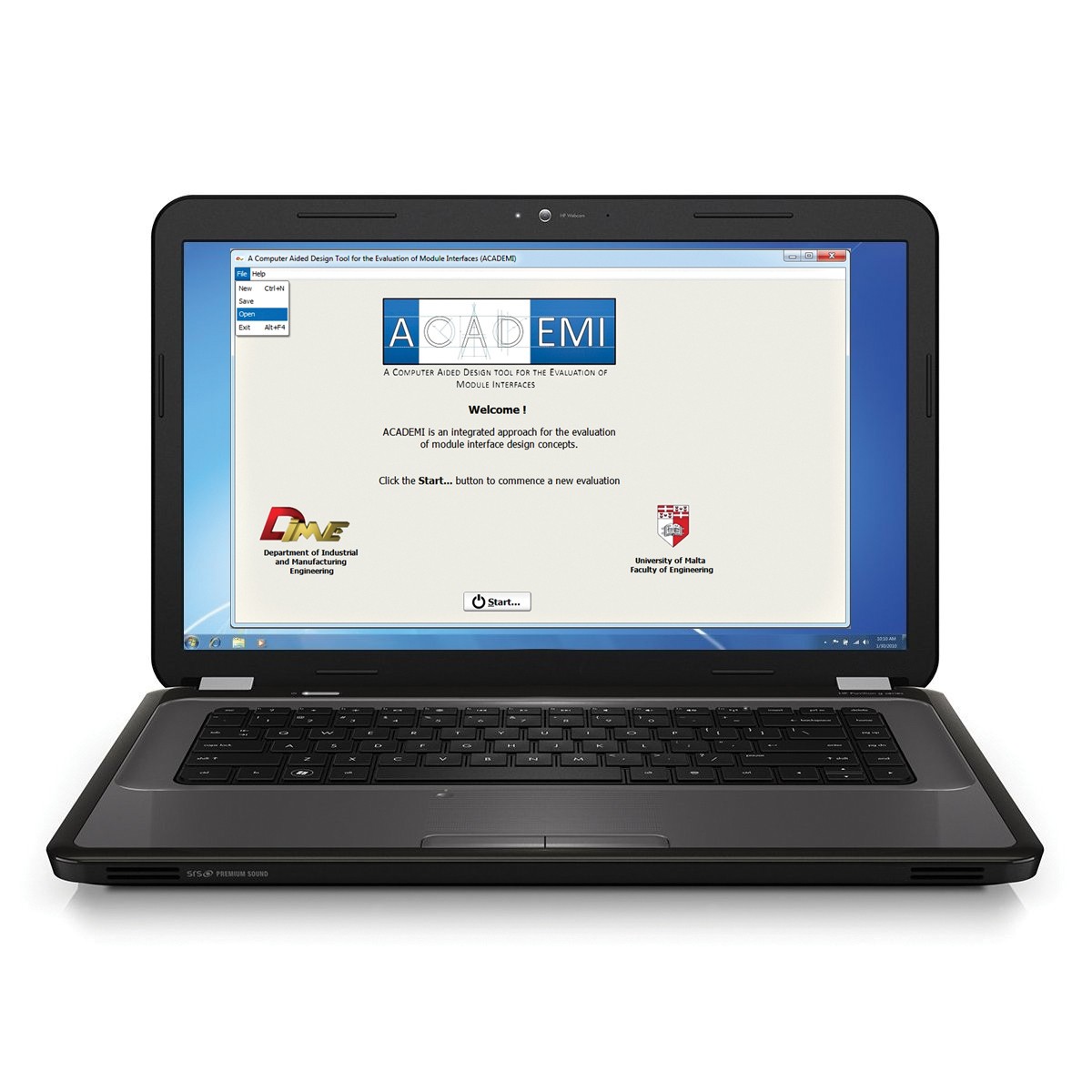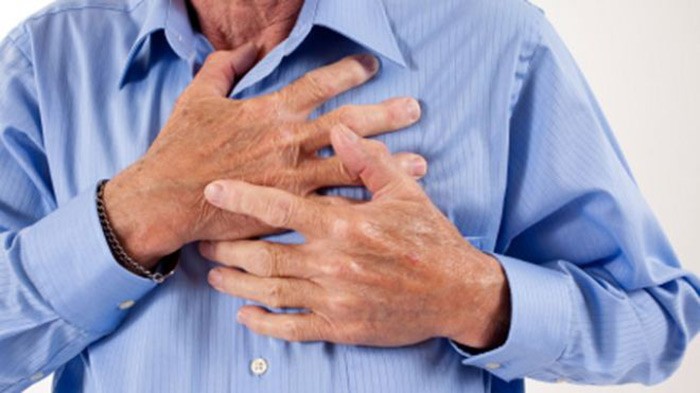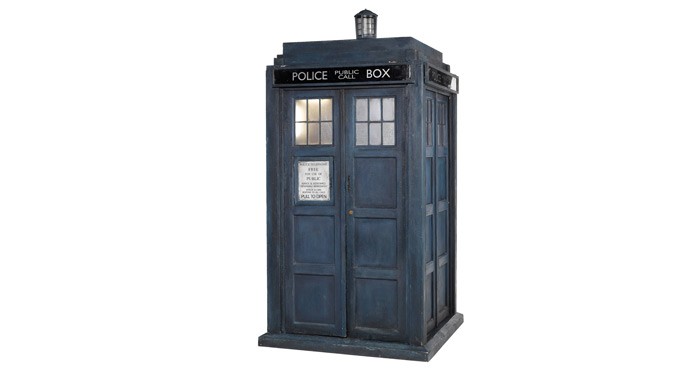On February 22, 2011, a magnitude 6.3 earthquake struck the city of Christchurch, New Zealand, killing 181 people and causing widespread destruction. Curiously, this damage was not evenly distributed, even for areas right next to each other. This phenomenon is called the site effect and depends on the underlying geology.
Malta, unlike New Zealand, is not typically associated with earthquakes. The islands lack a seismic building code and many structures could be damaged with moderate shaking. Malta’s past records list several earthquakes that have damaged buildings and even caused some to collapse. Apart from not being reinforced, buildings have been built on less stable ground, which increases risk.
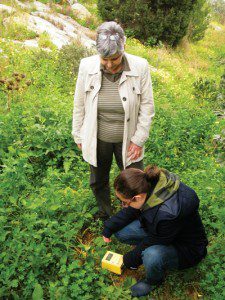
Sharon Pace (supervised by Dr Pauline Galea) investigated this effect in one test area — Xemxija, in the north of Malta. She studied how sites in Xemxija would respond to the energy from an earthquake by using a portable seismograph to record ambient noise (caused by sea waves, vehicular traffic, and other anthropogenic sources) at over 100 points across the village (pictured). The ground’s surface can be considered a vibrating platform, which can be shaken both by ambient noise as well as stronger waves from earthquakes. The ground may “resonate” at particular frequencies, or not at all, depending on the kind of rock or soil layers making up the top 30 to 50 metres. Analysis of ambient noise shows if such resonance phenomena exist, how they are related to the local geology, and how this would translate into actual earthquake shaking.
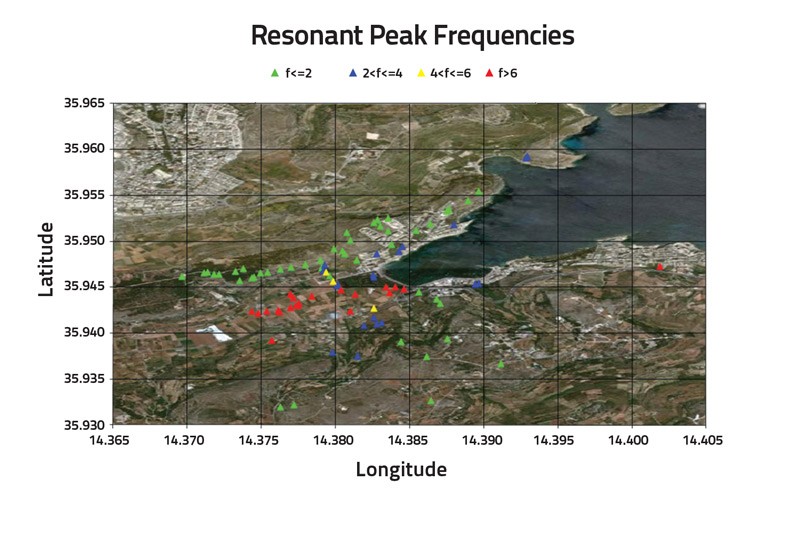
At Xemxija, the study confirmed that the presence of clay (whether at the surface or buried) does amplify the grounds motion at certain frequencies. The results match previous studies in other areas, but this research went further by constructing geological models that can determine the ground’s underlying structure .
Taken together, the survey shows areas in Xemxija that might need extra support to survive future earthquakes and prevent deaths. Xemxija is not the only area with soft clay geology, the urbanised area of Mellieħa and historic citadel Mdina are built on top of similar structures. Considering the importance of these areas means that more studies are needed to better understand the structure of Maltese buildings and how they would respond to earthquakes.
This research was performed as part of a Masters of Science in Physics at the Faculty of Science. It was partially funded by the Strategic Educational Pathways Scholarship (Malta). This scholarship is part-financed by the European Union — European Social Fund (ESF) under Operational Programme II — Cohesion Policy 2007 – 2013, “Empowering People for More Jobs and a Better Quality of Life”.

